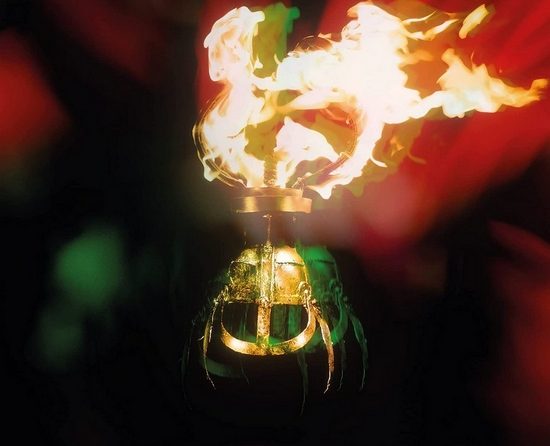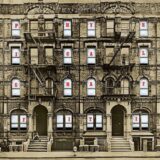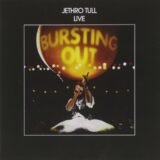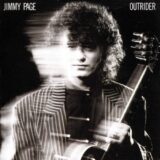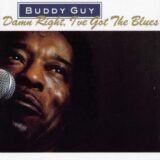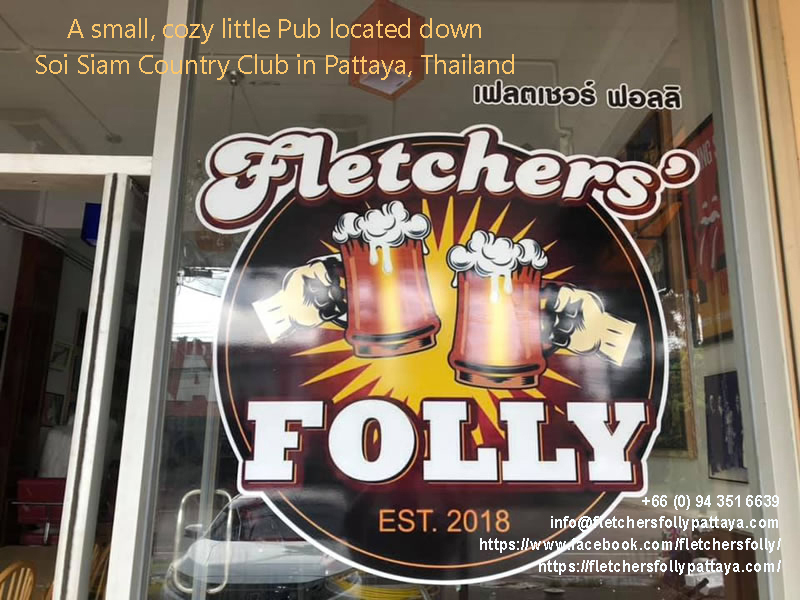5 Flashes

we went upstairs.
This was Flash’s second album. If you think about it, Flash in the Can is a great name for this album, leading up nicely to an apt album cover. On the debut album, we got a flash of pretty knickers / on the second one, we went upstairs.
Released in the same year as the debut album, it just shows how busy people in the music business were those days. In between albums, Flash had already toured America and Europe twice!
For the second album, Flash slimmed down to a four-piece when Tony Kaye (like Peter Banks re: Yes) decided his musical ideas lay elsewhere, although they remained on friendly terms. Peter Banks laid down the keyboard parts on this album, but they were only used in a secondary role.
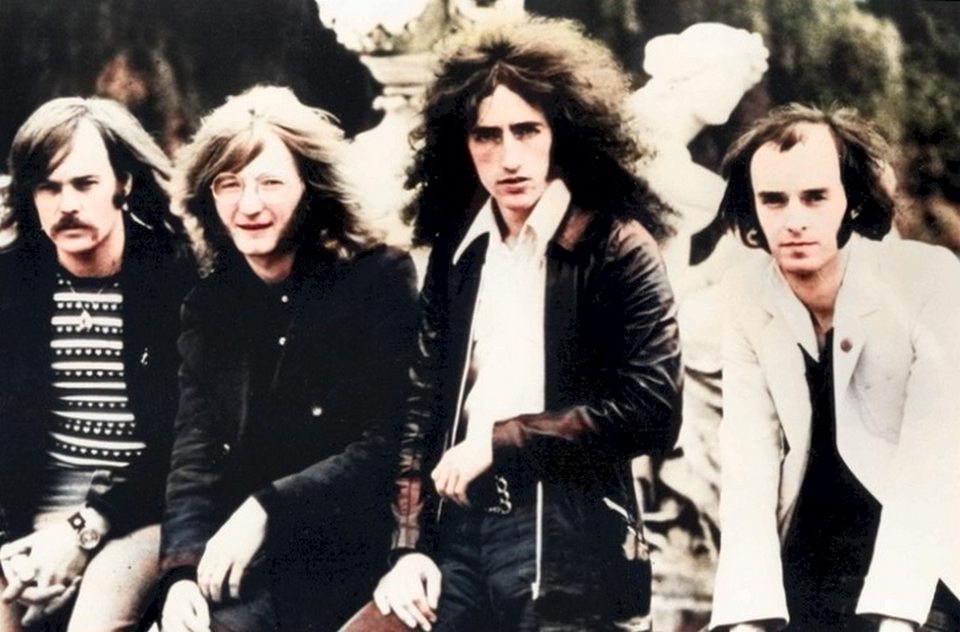
Click here for more insights into Prog Rock
After all the gigging, the band was a very tight unit with almost telepathic knowledge of what each other were doing, all pulling in the same direction.
Peter Banks, known as the architect of Progressive Rock, was having his finest hour. His playing was inspired, aggressive and precise. Colin Carter improved immeasurably on vocals; his stage presence was now also very assured.

Ray Bennett’s bass playing was also much more in front of the mix, giving Flash a very distinctive sound in the genre. He had also taken huge steps forward in the songwriting department.
Combined, the three gave the band great harmonies in the vocal department, becoming the envy of many a band and inspiring many future bands (i.e., Queen).
Mike Hough on drums was no longer the young drummer along for the ride. He now was the ride.
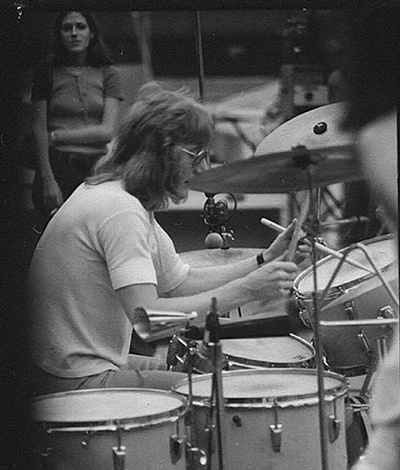
The music comes in four pieces, all at about the ten-minute mark, plus a funky little drum solo from Mr. Hough.
The first song in is ‘Lifetime,’ which is nowadays considered a classic of its time. An opening lead break from Peter Banks’ cherry red guitar,’ and the band is in flight, jockeying for space in the mix–this is as exciting and edgy as Progressive Rock gets with all the Flash trademarks on radiant display.
If there is a letup in pace on the album, the next song, ‘Monday Morning Eyes,’ gives you this with all the song’s light and shade.
The central piece to this album is ‘Black and White,’ — always the centre of the Flash stage show. It appears here with all its controlled power and assured presence.
Then we have two minutes of Mike Hough’s drumming funk before the final track, ‘There’s No More,’ quite rightly leads us to the end.
As with all great albums, the set runs like a live concert.
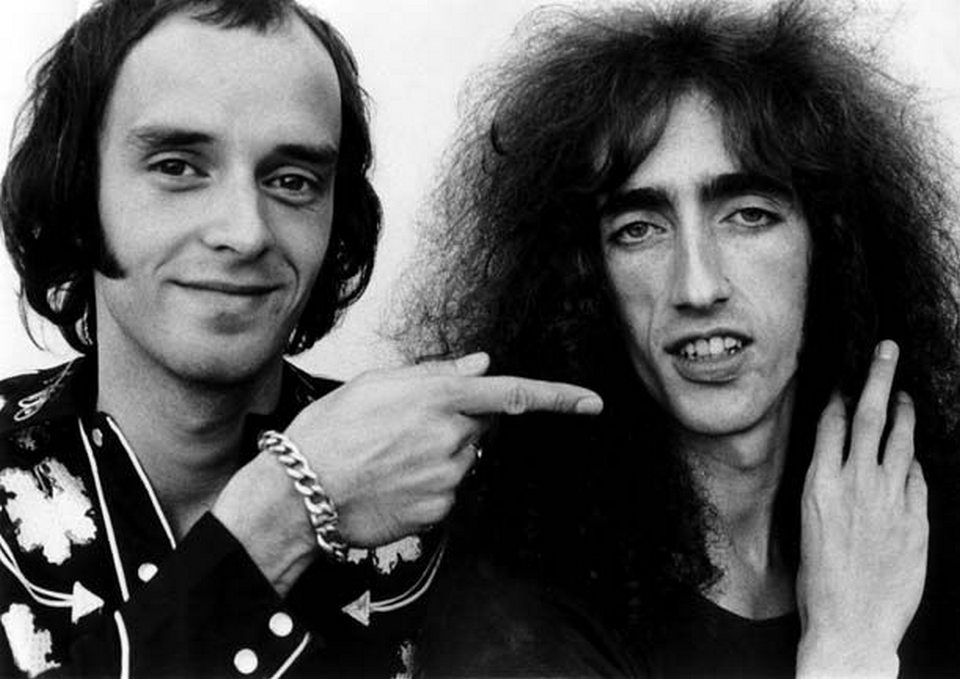
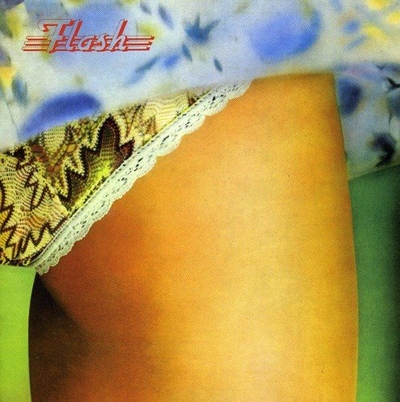
Sadly, within a year bad management, constant touring, clashing personalities, egos running rampant, lack of money and solo albums taking some of the players’ minds off the mothership, the Flash exploded. They managed one more album (Out of our Hands! 1972), but that was almost a Ray Bennet solo album, while Peter Banks released a solo album (the star-studded Two Sides of Peter Banks) at the same time as the group album. Not a very cool thing to do.
Strong management may have saved the day; alas, that was absent. None of the players from Flash ever had a chance for long-term fame again. But they did leave behind their first two albums to cherish.
Written by Mott the Dog on Pattaya’s Darkside.
Photos provided by Fernando Perdomo
Remember to visit and subscribe to Mott’s Facebook page: https://www.facebook.com/groups/1003417143122919/



